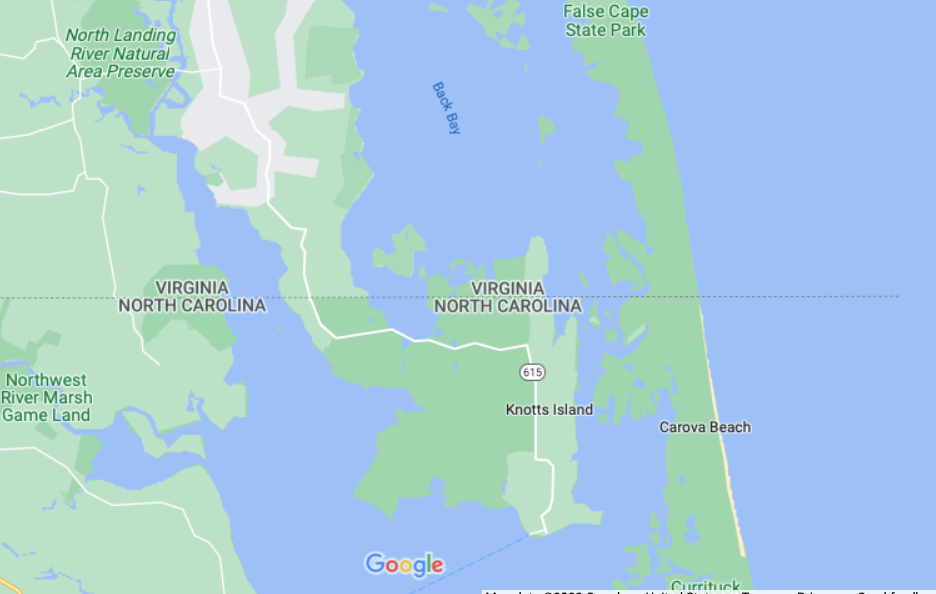
by Mary Reid Barrow
LRNow received a grant from the Albemarle-Pamlico National Estuary Partnership to develop a resource guide and lesson plans for educators to teach about the unique history and natural resources of the region and our connections to the waterways we share with North Carolina.
What? You say. What does the Albemarle-Pamlico Estuary Partnership have to do with our Virginia Beach waterways?
For all you folks who have moved here and understandably don’t get it when locals talk about the “Outer Banks” and all the hard-to- pronounce “sounds” in North Carolina, this blog’s for you.
And this blog’s also for all us locals, who might be surprised at how our simply named Back Bay and North Landing River here in Virginia Beach are related to those hard-to-pronounce Currituck, Albemarle and Pamlico sounds in North Carolina.
But for an imaginary state line and several given names, all these bodies of water would be one and the same.
“Sound” is just another name for a bay. Think Puget Sound in Washington state or Long Island Sound in New York.
Outer Banks is just another name for a narrow strip of sand and maritime forest islands separated from the mainland by a sound or bay.
The North Carolina Outer Banks stretches along a huge portion of the state’s coast from the Virginia state line to Morehead City. The Outer Banks is separated from the mainland by a series of sounds–Currituck, Albemarle and Pamlico–that all flow into each other. Resort towns, like Corolla, Duck, Nags Head and Hatteras dot the islands.
Back Bay National Wildlife Refuge in Virginia Beach could be said to be Virginia’s Outer Banks. The refuge and part of Sandbridge might as well be an island. They are on a sandy spit of land separated from the mainland by Back Bay. And Back Bay, both the land area and water, merge into Currituck County and Currituck Sound.
Back Bay could very well be called Back Sound if someone had thought of that first. And Sandbridge is what it says it is, a sand bridge to mainland Virginia Beach.
And there’s more. The North Landing River along the western border of Virginia Beach flows from Kemspville to –you guessed it—Currituck Sound.
That means that almost two-thirds of our city does NOT drain into the Chesapeake Bay or Atlantic Ocean watersheds, but into these unfamiliar waters in North Carolina, collectively called the Albemarle-Pamlico Watershed.
That also means that how we care for our waterways in Virginia Beach has a big impact on North Carolina’s waterways and vice versa.
LRNow’s grant from the Albemarle-Pamlico National Estuary Partnership comes at just the right time for us to learn more about how all these waterways are related and how the two states are in this together.
When you see something interesting or new out in nature this spring that would be fun to tell folks about in Nature Notes, send a photo or a story to maryreid@lrnow.org